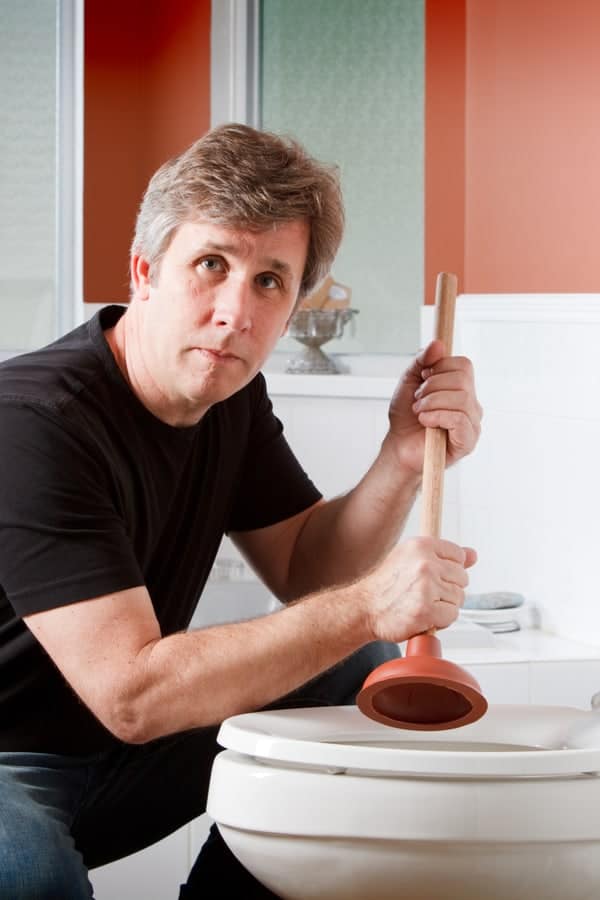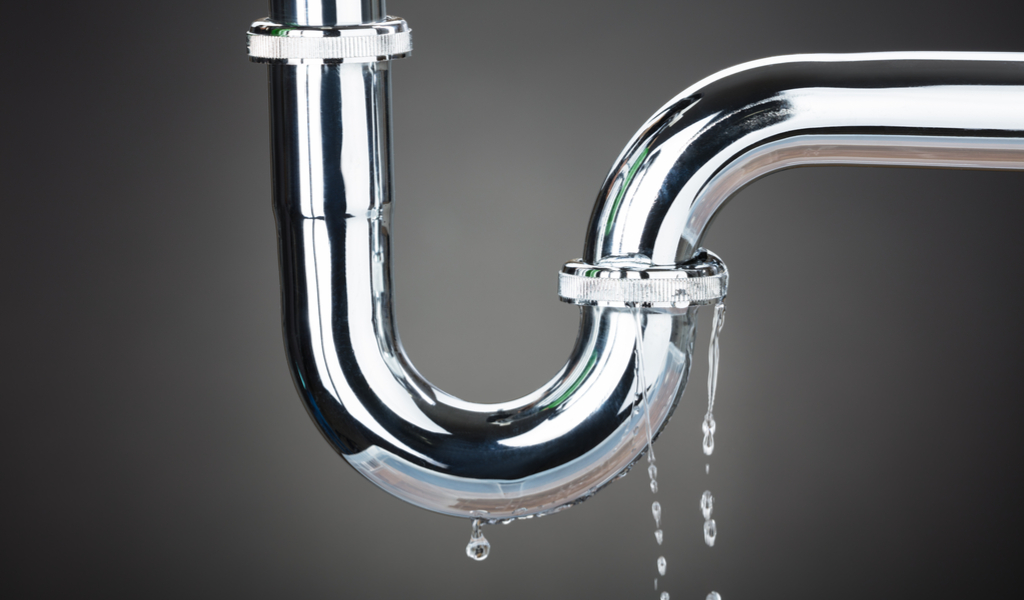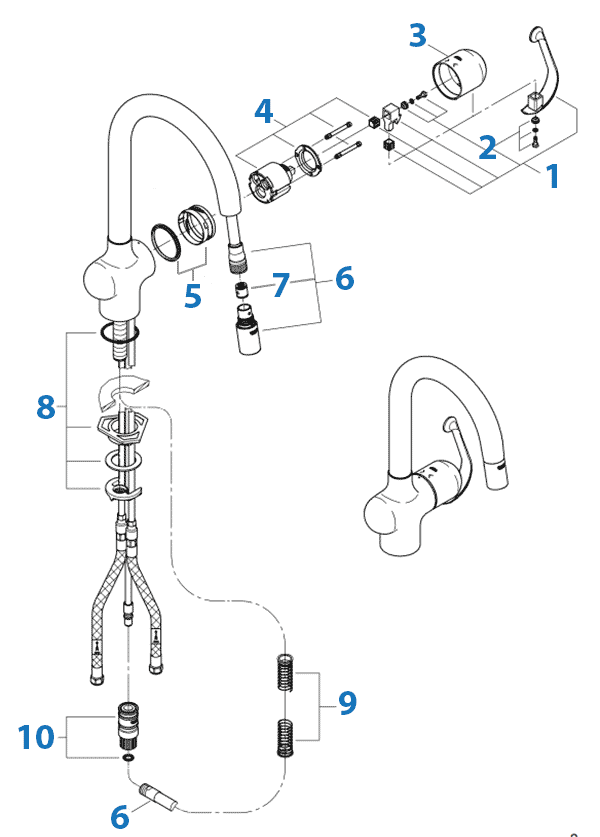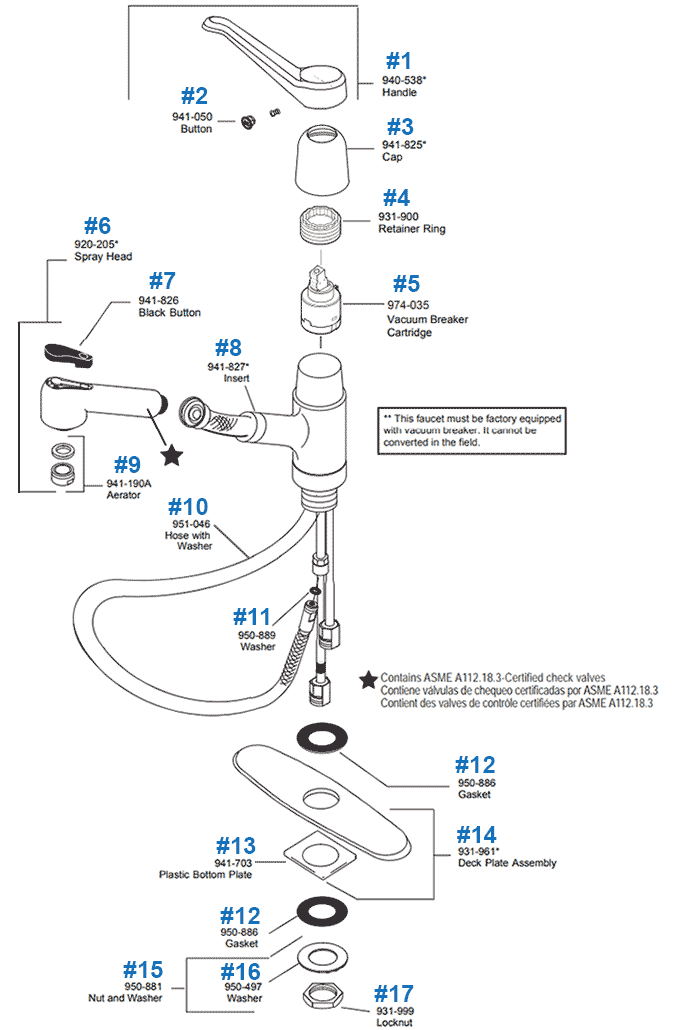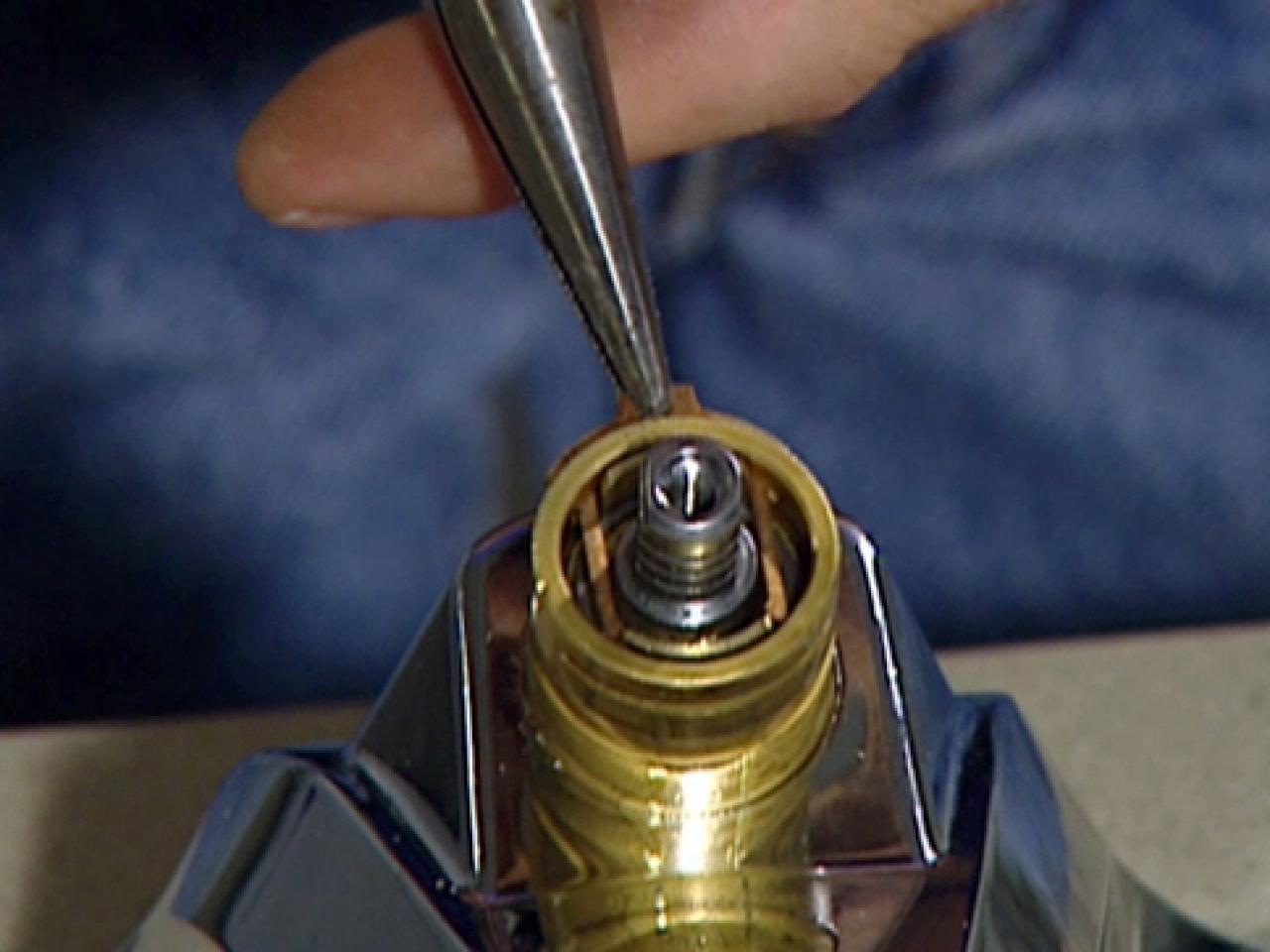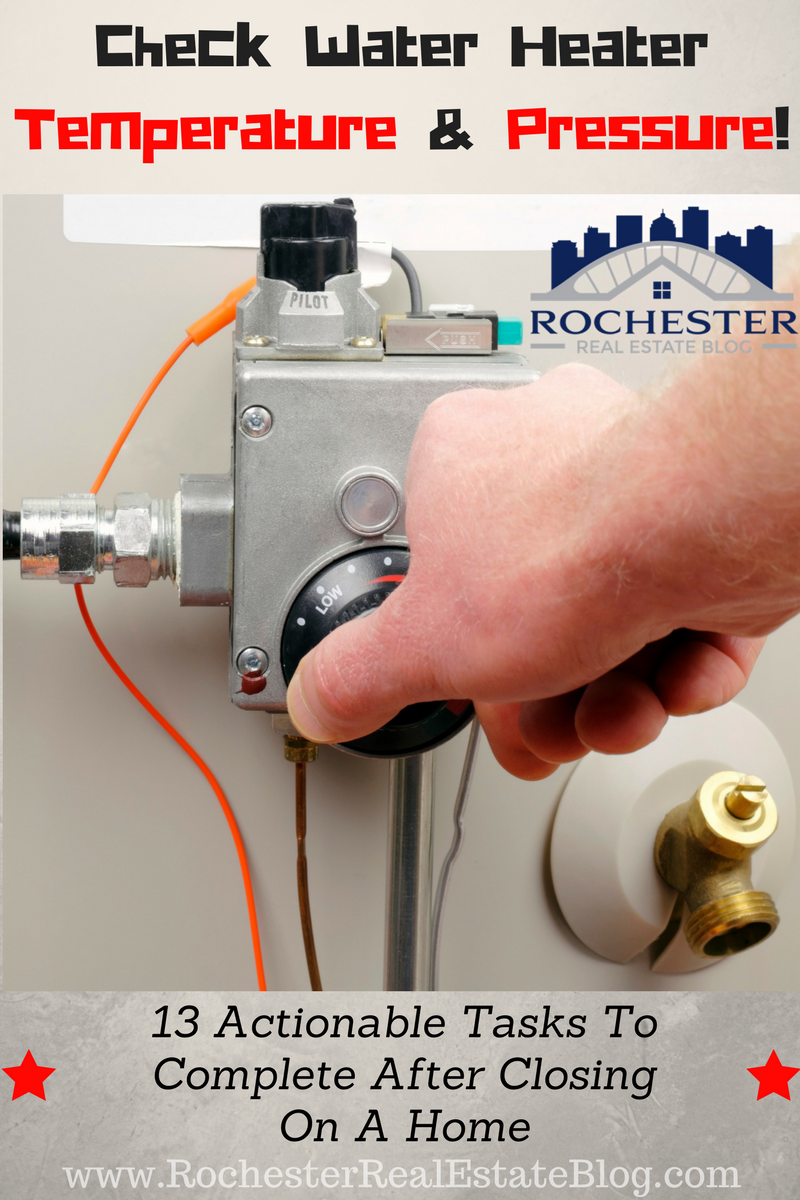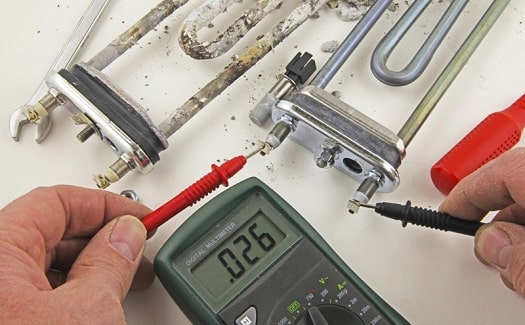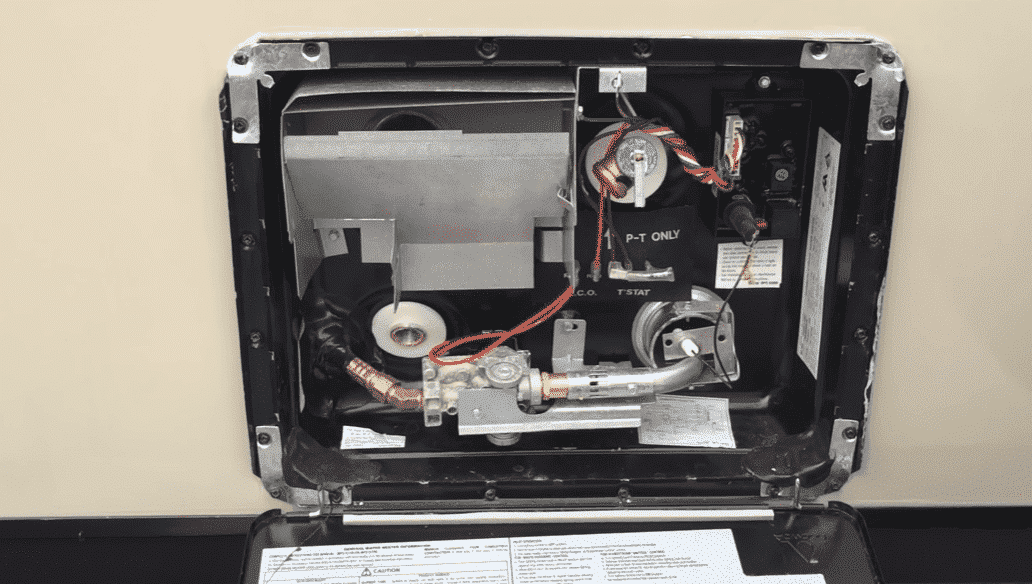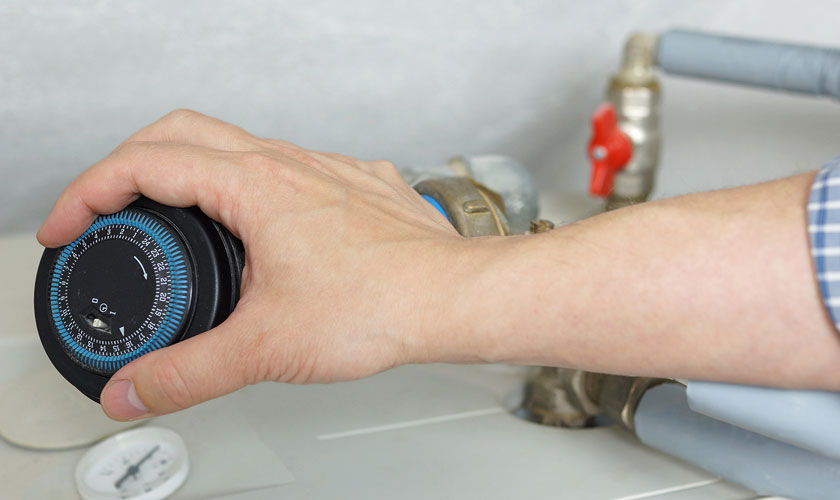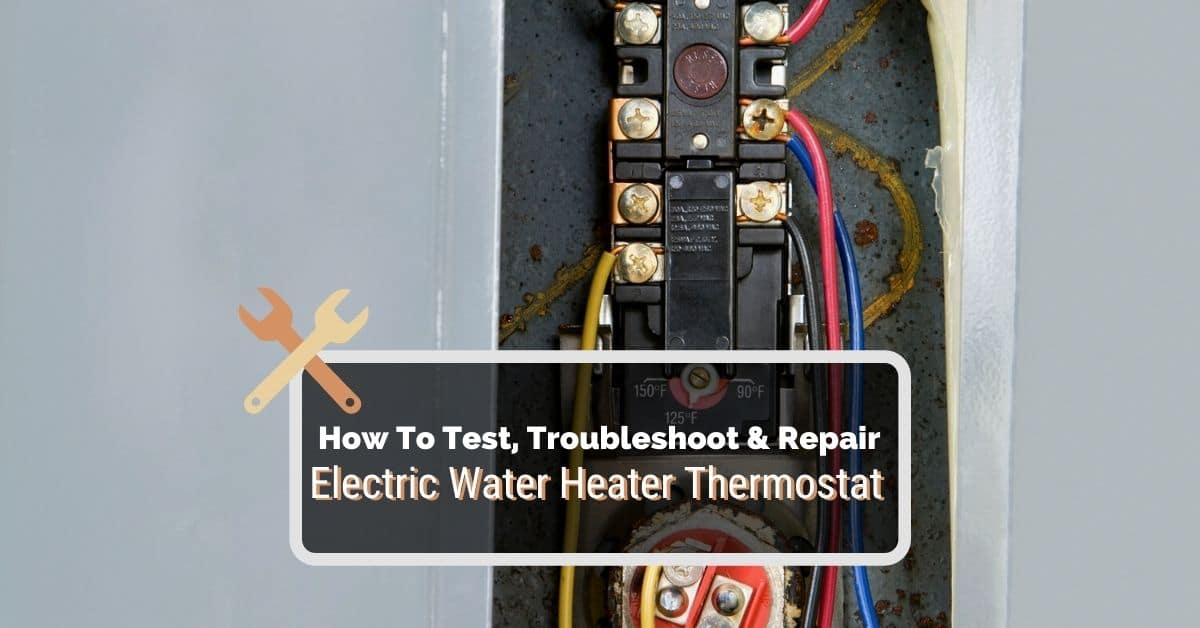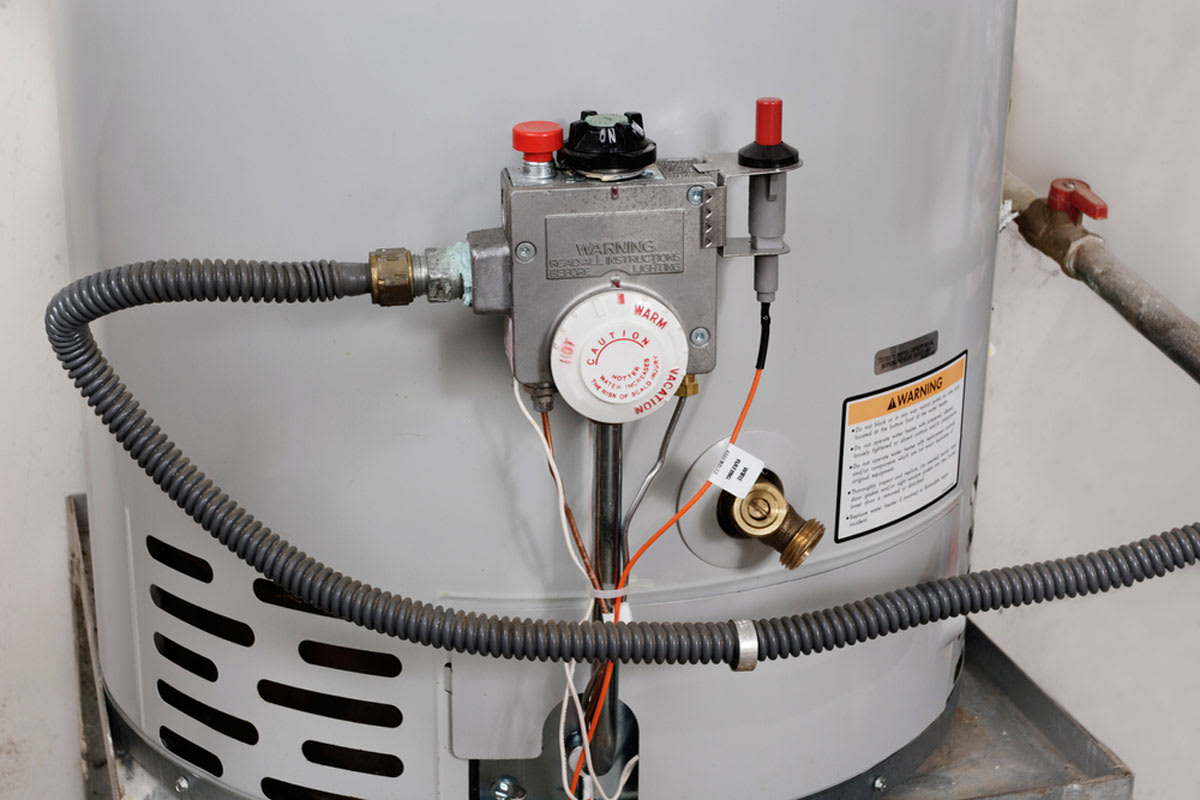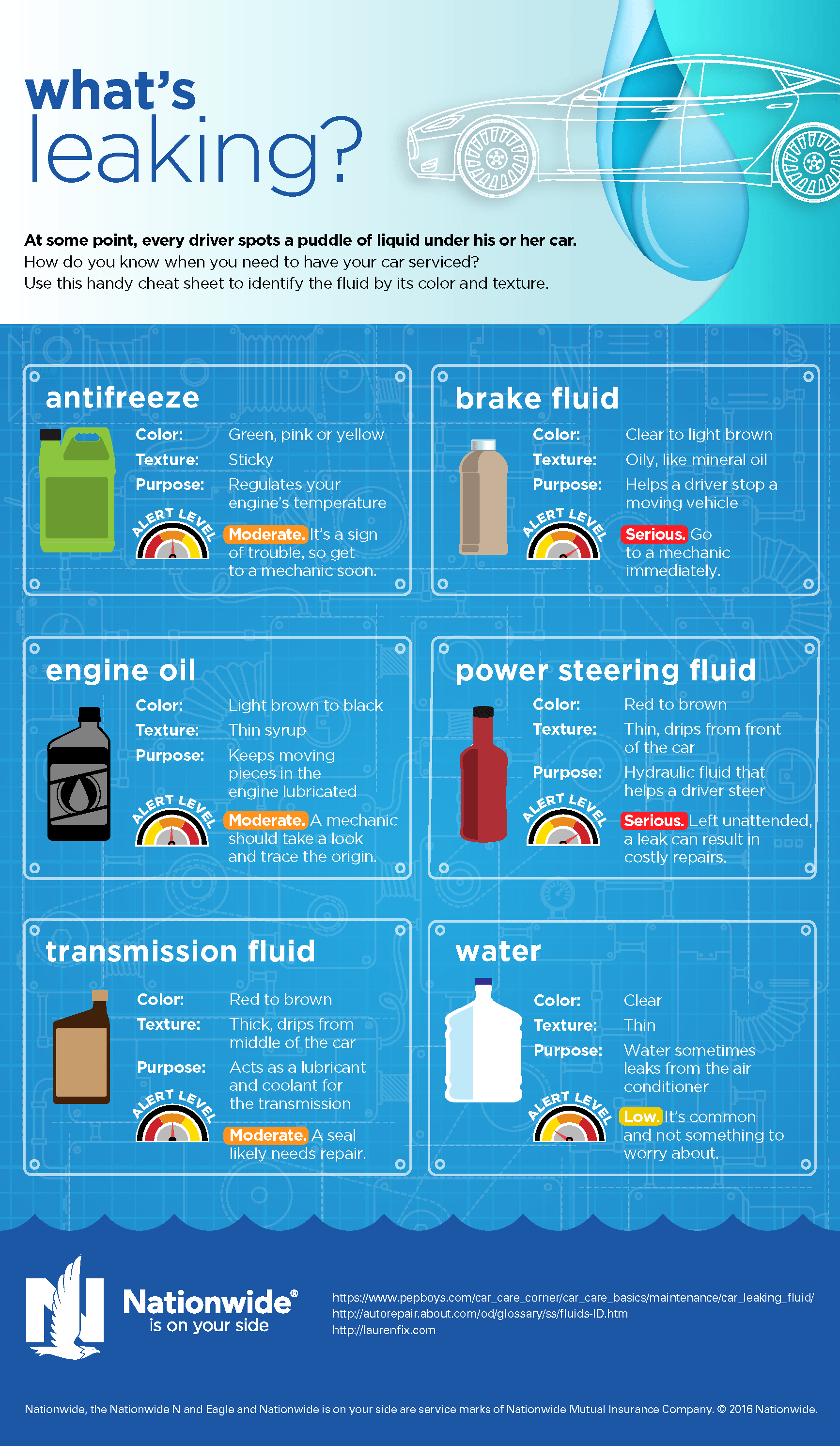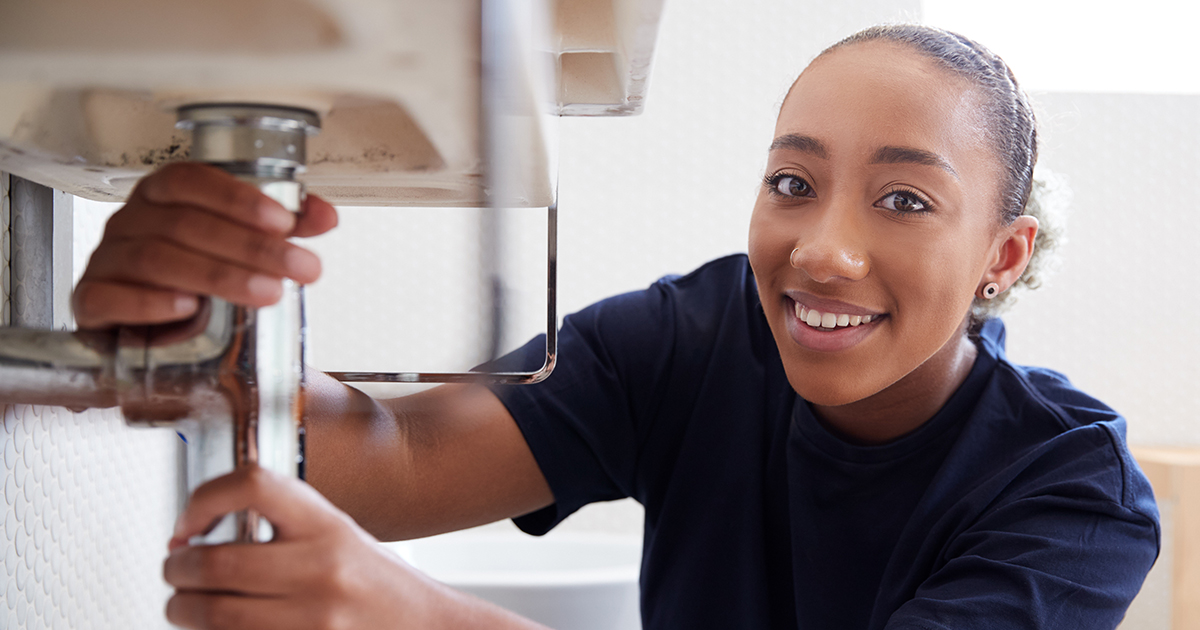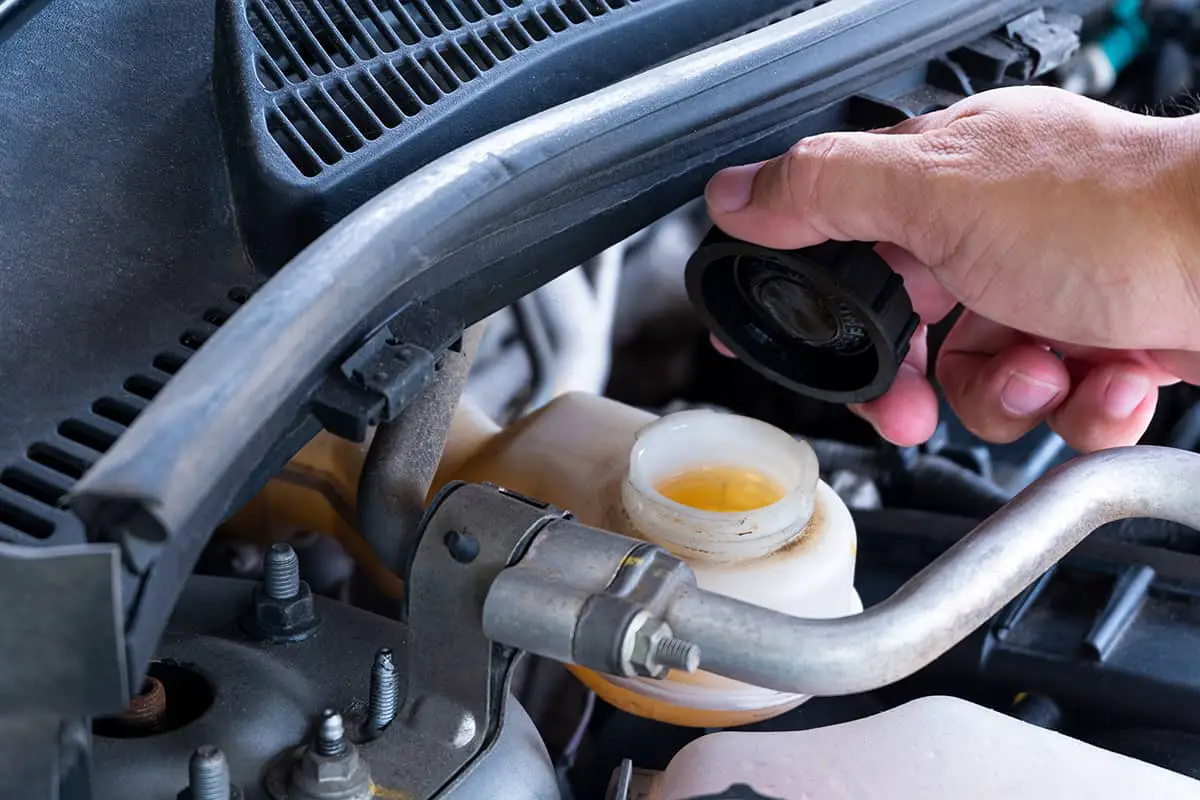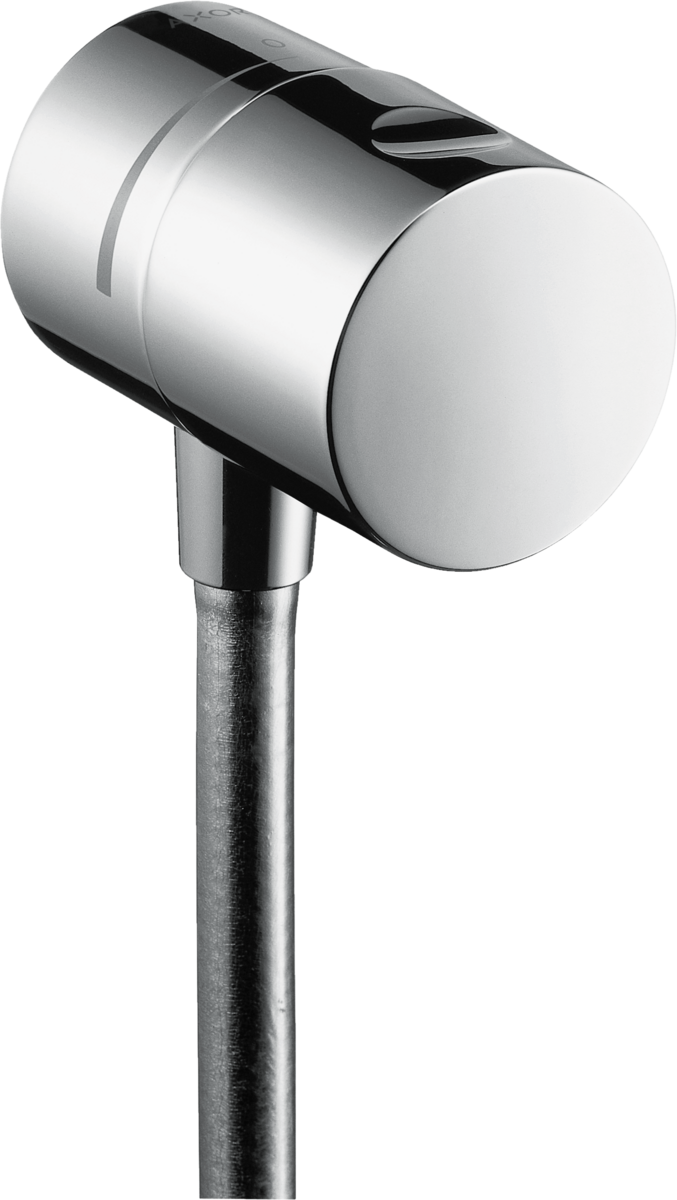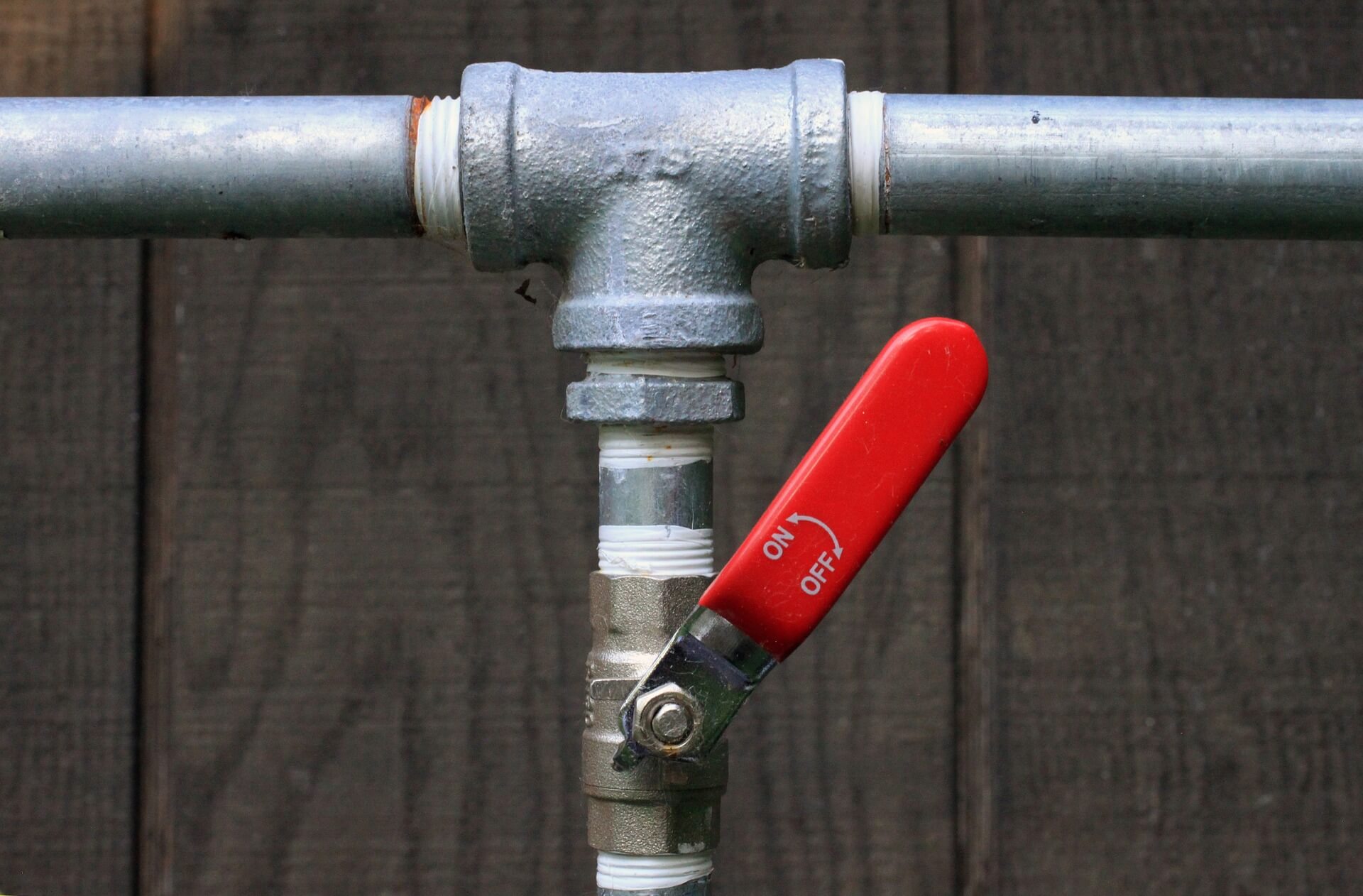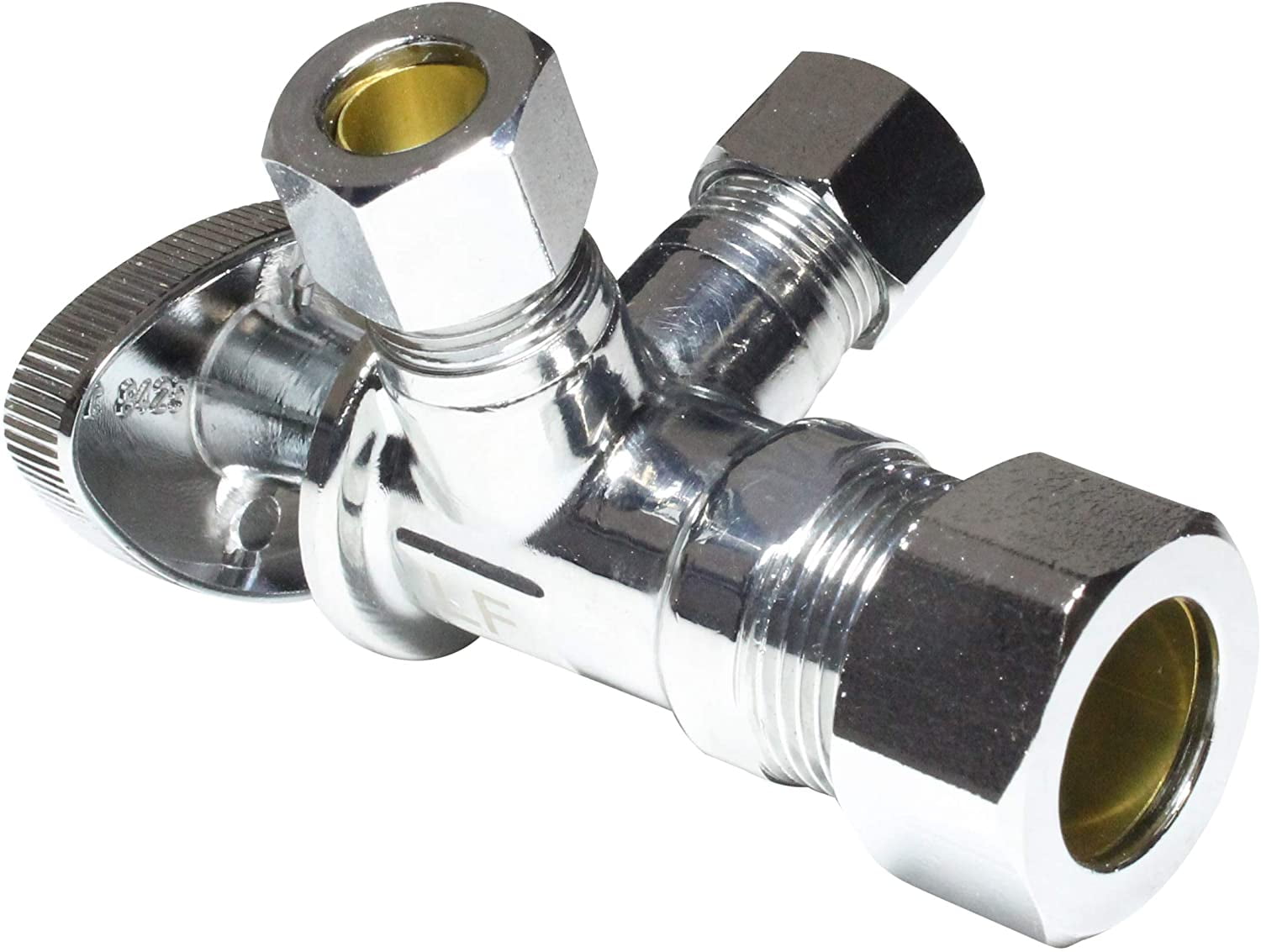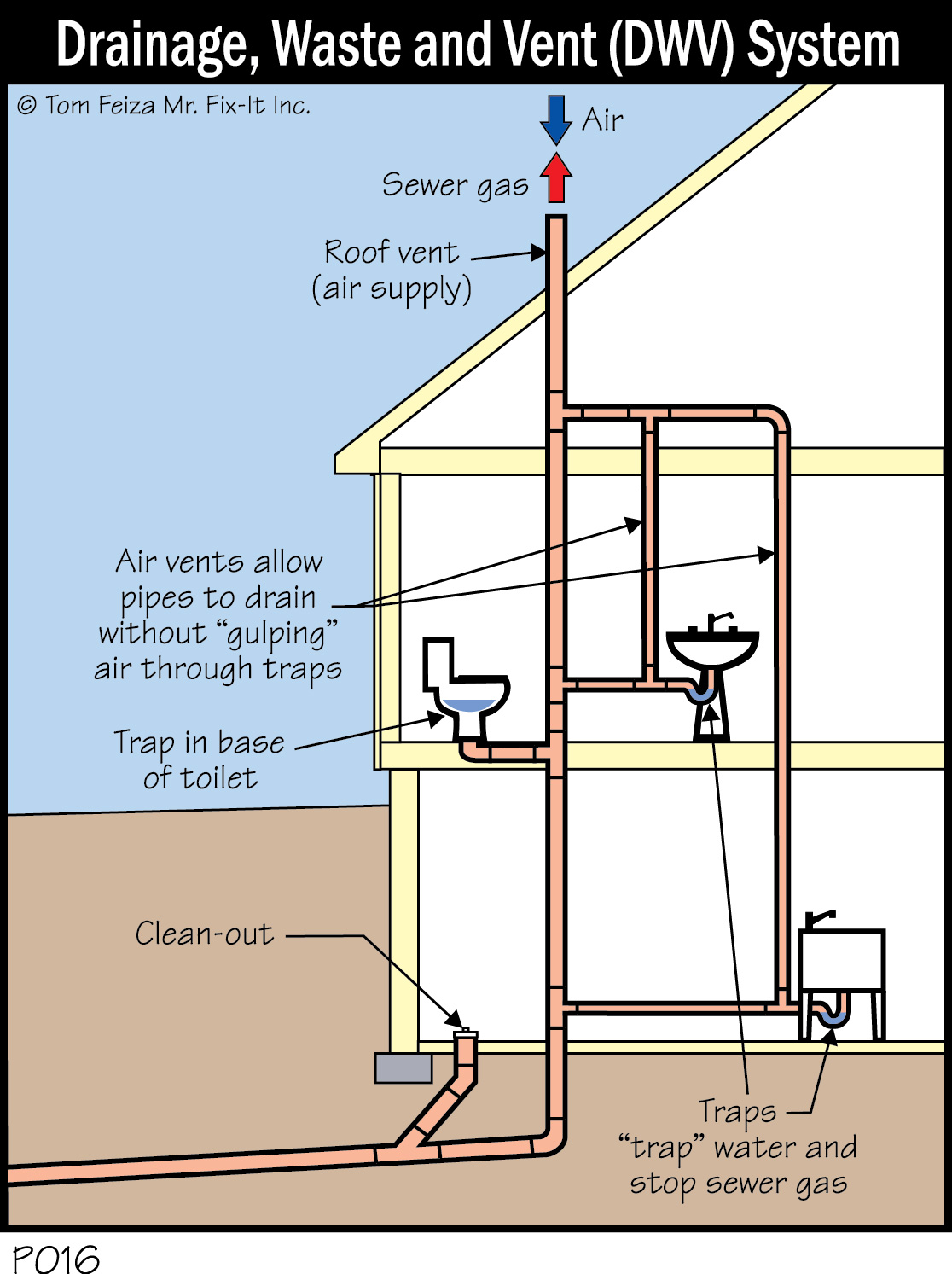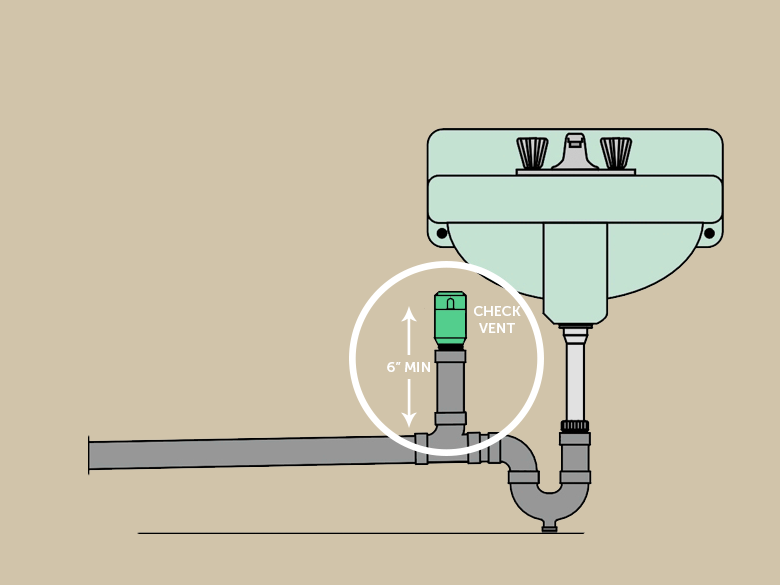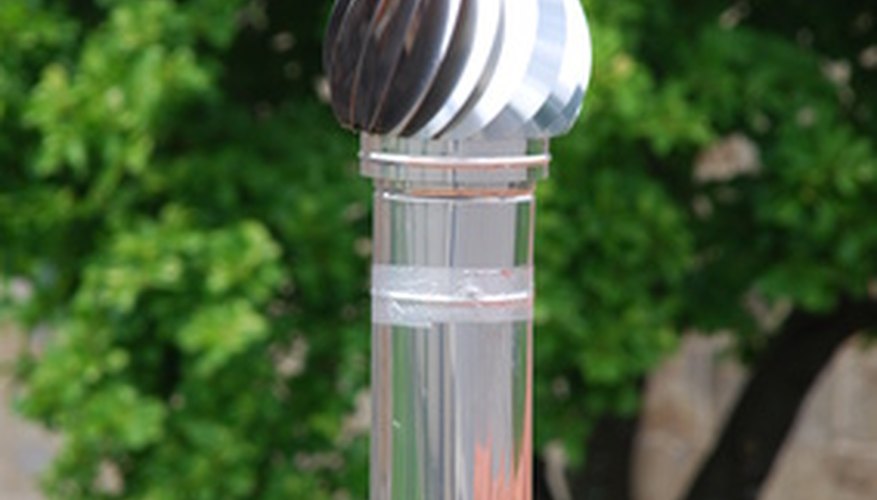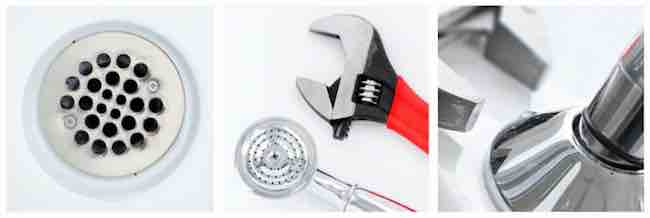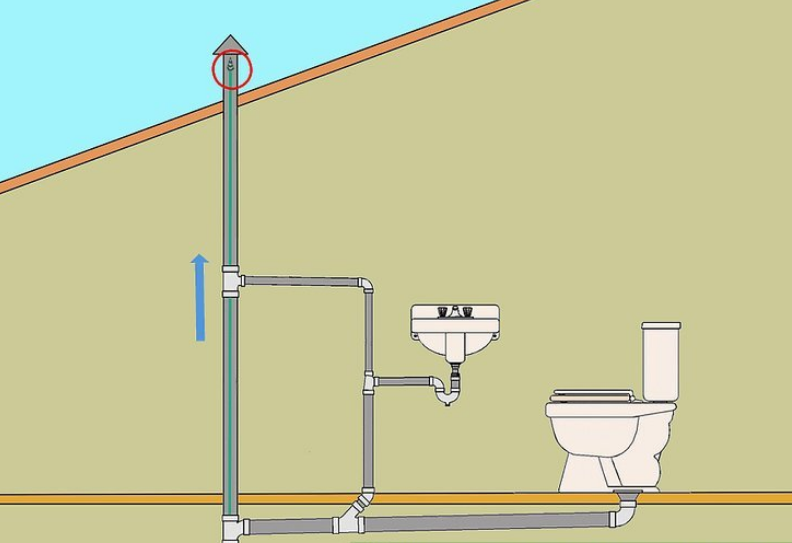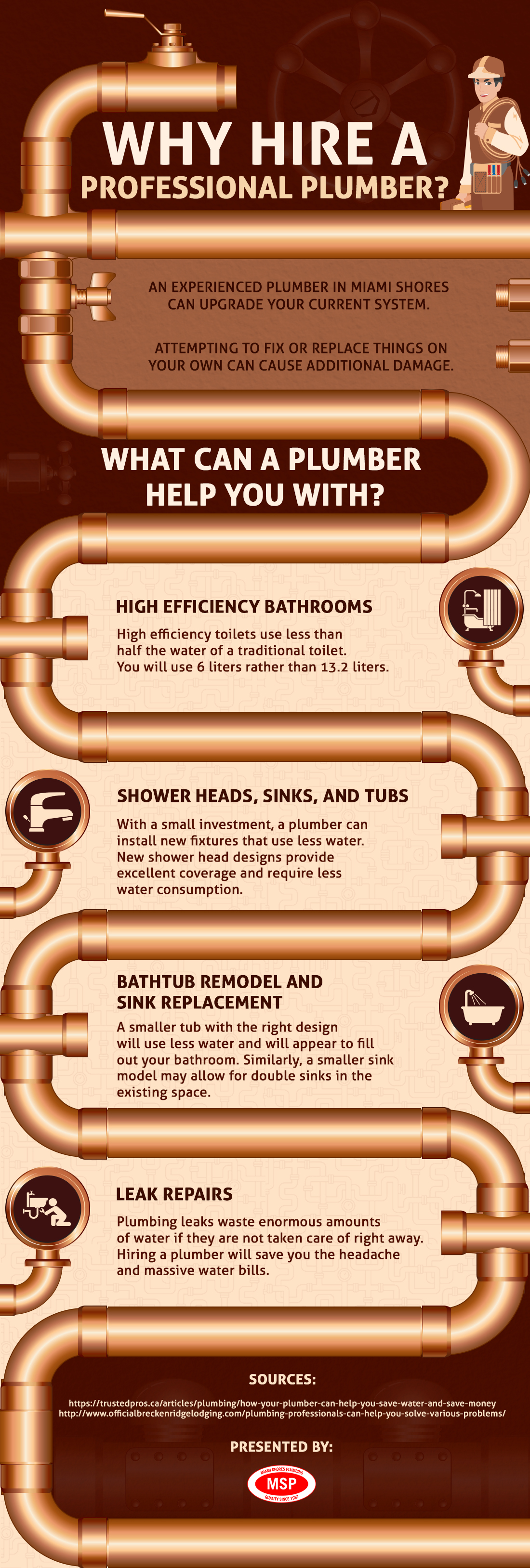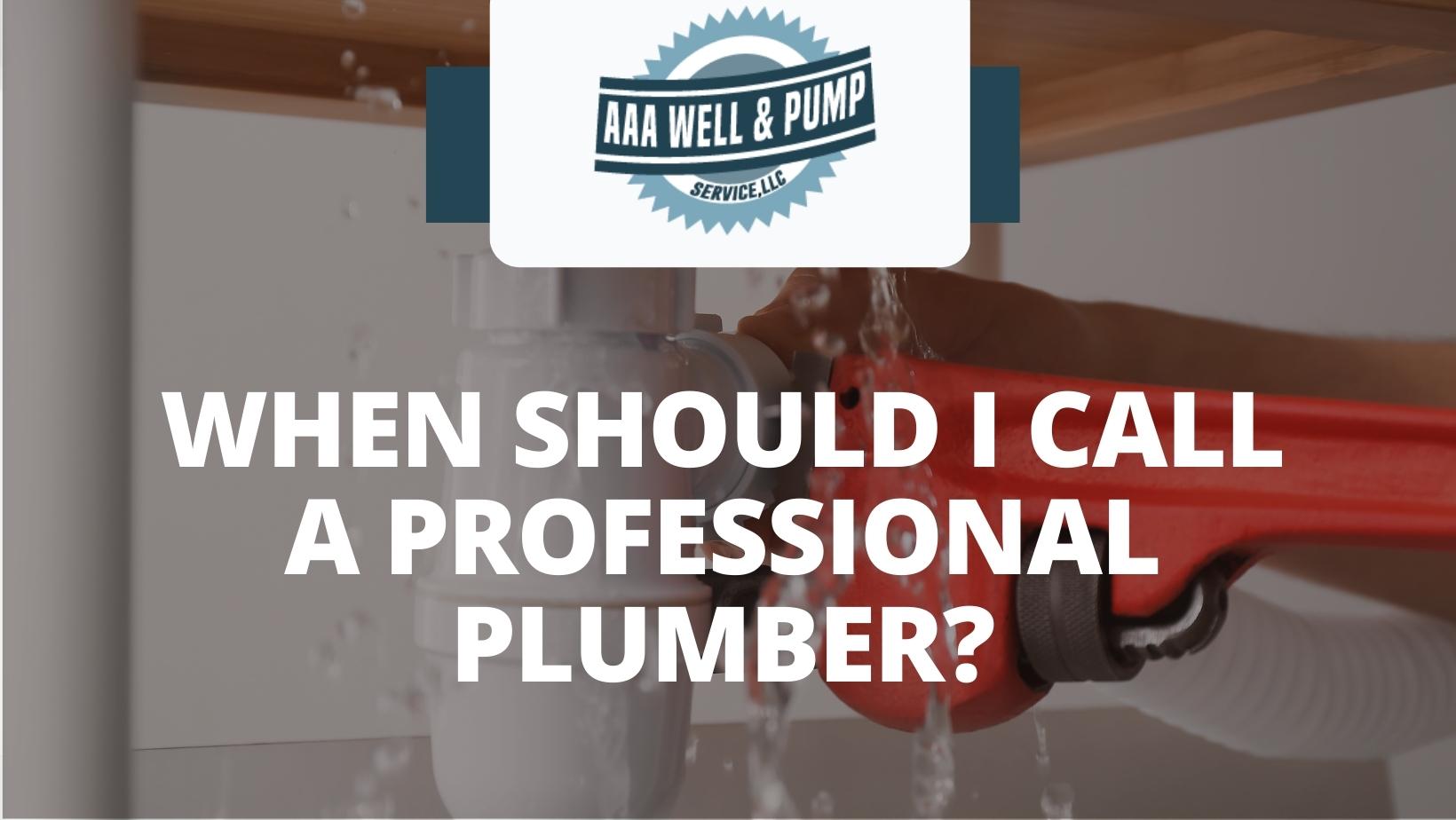If your kitchen sink is experiencing inconsistent water pressure, the first thing you should check is the aerator. The aerator is a small device attached to the end of the faucet that controls the flow and pressure of water. Over time, it can become clogged with mineral deposits, dirt, and debris, causing a decrease in water pressure. To clean the aerator, unscrew it from the faucet and soak it in a mixture of equal parts water and vinegar for about an hour. Then, scrub it with a small brush or toothbrush to remove any remaining buildup. Rinse it thoroughly and screw it back onto the faucet.1. Check the aerator
The next step is to check the water supply to your kitchen sink. Make sure that the main water supply valve is fully open. If it is partially closed, it can restrict the flow of water and lead to inconsistent pressure. You should also check if there are any issues with the water supply in your area. If your neighbors are also experiencing low water pressure, it may be a problem with the municipal supply and you should contact your local water authority for assistance.2. Check the water supply
If your home has a water pressure regulator, it may be the cause of your inconsistent water pressure. A water pressure regulator is a valve that controls the pressure of water coming into your home. If it is not functioning properly, it can lead to low water pressure. You can check the pressure regulator by using a pressure gauge on the faucet. If the pressure is below 40-45 psi, you may need to adjust or replace the regulator.3. Check the water pressure regulator
Clogged pipes can also be a common cause of inconsistent water pressure in your kitchen sink. Over time, pipes can become clogged with mineral deposits, grease, and other debris, leading to a decrease in water flow. You can check for clogs by removing the pipes under the sink and using a plumbing snake to clear any obstructions. If the clog is deeper in the pipes, you may need to call a professional plumber for assistance.4. Check the pipes for clogs
If your kitchen sink has a cartridge faucet, the cartridge may be the culprit behind your inconsistent water pressure. The cartridge is a small valve inside the faucet that controls the flow and mixing of hot and cold water. If it becomes worn or clogged, it can cause a decrease in water pressure. You can try cleaning the cartridge with vinegar or replacing it if necessary.5. Check the faucet cartridge
Inconsistent water pressure can also be a sign of an issue with your water heater. If the pressure is low in both your hot and cold water, it may be caused by a malfunctioning water heater. Check the temperature setting on your water heater and make sure it is not set too high, as this can cause the pressure relief valve to open and release excess pressure. If the issue persists, you may need to call a professional to inspect and repair your water heater.6. Check the water heater
Even a small leak in your plumbing system can lead to inconsistent water pressure in your kitchen sink. Check the pipes under your sink for any leaks and also check for any visible leaks in your home. If you notice any leaks, they should be repaired as soon as possible to prevent further damage and restore water pressure.7. Check for leaks
Each plumbing fixture in your home, including your kitchen sink, has a shut-off valve that controls the flow of water to that fixture. If the shut-off valve for your kitchen sink is not fully open, it can restrict the flow of water and cause low pressure. Make sure the valve is fully open and if it is damaged or worn, consider replacing it for better water flow.8. Check the shut-off valves
The plumbing vent is a pipe that runs through your home's roof and allows air to enter the plumbing system. If the vent becomes clogged with debris, it can create negative pressure in the pipes and lead to inconsistent water pressure. You can check the vent by climbing onto your roof and using a plumbing snake to clear any obstructions.9. Check the plumbing vent
If you have tried all the above steps and are still experiencing inconsistent water pressure, it may be time to call a professional plumber for assistance. A plumber will have the necessary tools and expertise to diagnose and fix any underlying issues that may be causing the problem. They can also provide valuable advice on how to maintain proper water pressure in your kitchen sink in the future.10. Call a plumber for professional help
Inconsistent Water Pressure in the Kitchen Sink: Understanding the Issue

The Importance of Water Pressure in House Design
 When designing a house, there are many factors to consider, from the layout and aesthetics to the functionality and durability. One crucial aspect that often gets overlooked is the water pressure. Water pressure refers to the force of water coming through the pipes and into your home's fixtures. It plays a vital role in everyday tasks such as showering, doing laundry, and, of course, using the kitchen sink. A well-designed house should have consistent and adequate water pressure to ensure a smooth and efficient flow of water. However, when it comes to the kitchen sink, homeowners often face the issue of inconsistent water pressure, which can be frustrating and inconvenient.
When designing a house, there are many factors to consider, from the layout and aesthetics to the functionality and durability. One crucial aspect that often gets overlooked is the water pressure. Water pressure refers to the force of water coming through the pipes and into your home's fixtures. It plays a vital role in everyday tasks such as showering, doing laundry, and, of course, using the kitchen sink. A well-designed house should have consistent and adequate water pressure to ensure a smooth and efficient flow of water. However, when it comes to the kitchen sink, homeowners often face the issue of inconsistent water pressure, which can be frustrating and inconvenient.
The Signs of Inconsistent Water Pressure in the Kitchen Sink
 Inconsistent water pressure in the kitchen sink can manifest in various ways. It can be as minor as a slight decrease in water flow or as severe as a complete stoppage. Some other signs to look out for include sputtering or spitting water, a loud banging noise when turning on the tap, or a sudden increase in pressure that causes splashing. These issues can disrupt your daily routine and make simple tasks like washing dishes or filling up a pot of water a hassle.
Inconsistent water pressure in the kitchen sink can manifest in various ways. It can be as minor as a slight decrease in water flow or as severe as a complete stoppage. Some other signs to look out for include sputtering or spitting water, a loud banging noise when turning on the tap, or a sudden increase in pressure that causes splashing. These issues can disrupt your daily routine and make simple tasks like washing dishes or filling up a pot of water a hassle.
Common Causes of Inconsistent Water Pressure in the Kitchen Sink
 There are several reasons why you may be experiencing inconsistent water pressure in your kitchen sink. One common cause is a clogged or dirty faucet aerator. Over time, mineral deposits and debris can build up in the aerator, restricting the water flow and causing inconsistent pressure. Another possible culprit is a faulty pressure regulator, which controls the water pressure coming into your home. If the regulator is malfunctioning, it can lead to fluctuations in water pressure. Additionally, old or corroded pipes can also contribute to inconsistent water pressure in the kitchen sink.
Understanding the issue of inconsistent water pressure in the kitchen sink is crucial in maintaining a well-designed house. By identifying the signs and common causes, homeowners can address the problem and ensure a smooth and steady flow of water in their homes.
If you are experiencing inconsistent water pressure in your kitchen sink, it is best to consult a professional plumber to diagnose and fix the issue. With proper maintenance and regular checks, you can ensure that your kitchen sink's water pressure remains consistent and reliable for all your daily tasks. Don't let inconsistent water pressure disrupt your daily routine and affect your house's overall functionality. Take action to address the issue and enjoy a well-designed and efficient home.
There are several reasons why you may be experiencing inconsistent water pressure in your kitchen sink. One common cause is a clogged or dirty faucet aerator. Over time, mineral deposits and debris can build up in the aerator, restricting the water flow and causing inconsistent pressure. Another possible culprit is a faulty pressure regulator, which controls the water pressure coming into your home. If the regulator is malfunctioning, it can lead to fluctuations in water pressure. Additionally, old or corroded pipes can also contribute to inconsistent water pressure in the kitchen sink.
Understanding the issue of inconsistent water pressure in the kitchen sink is crucial in maintaining a well-designed house. By identifying the signs and common causes, homeowners can address the problem and ensure a smooth and steady flow of water in their homes.
If you are experiencing inconsistent water pressure in your kitchen sink, it is best to consult a professional plumber to diagnose and fix the issue. With proper maintenance and regular checks, you can ensure that your kitchen sink's water pressure remains consistent and reliable for all your daily tasks. Don't let inconsistent water pressure disrupt your daily routine and affect your house's overall functionality. Take action to address the issue and enjoy a well-designed and efficient home.


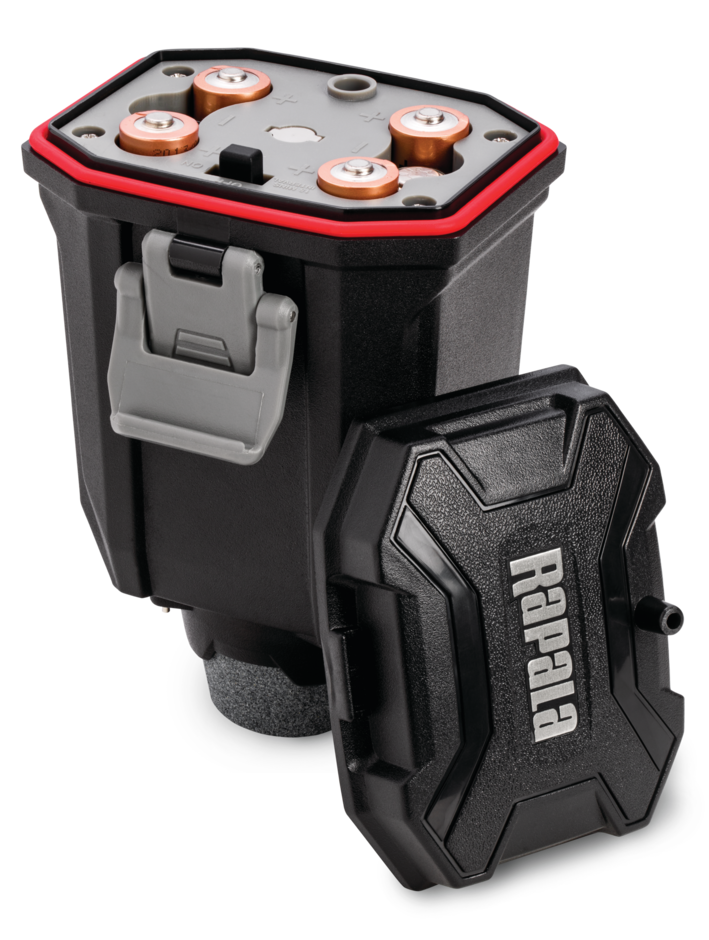








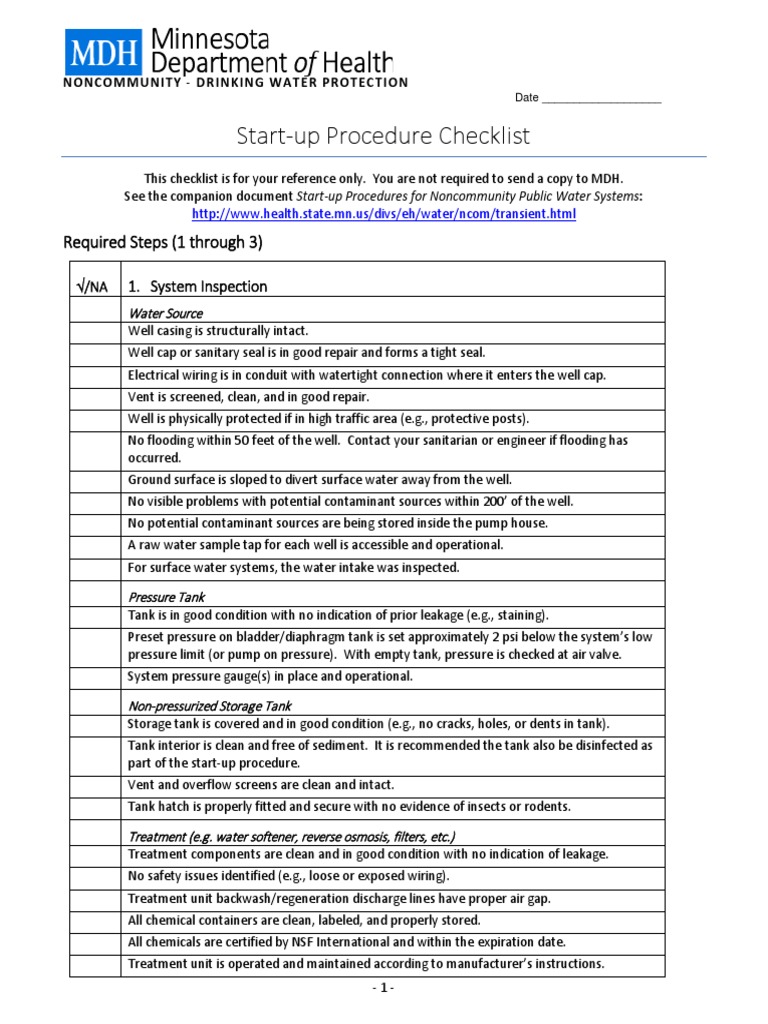

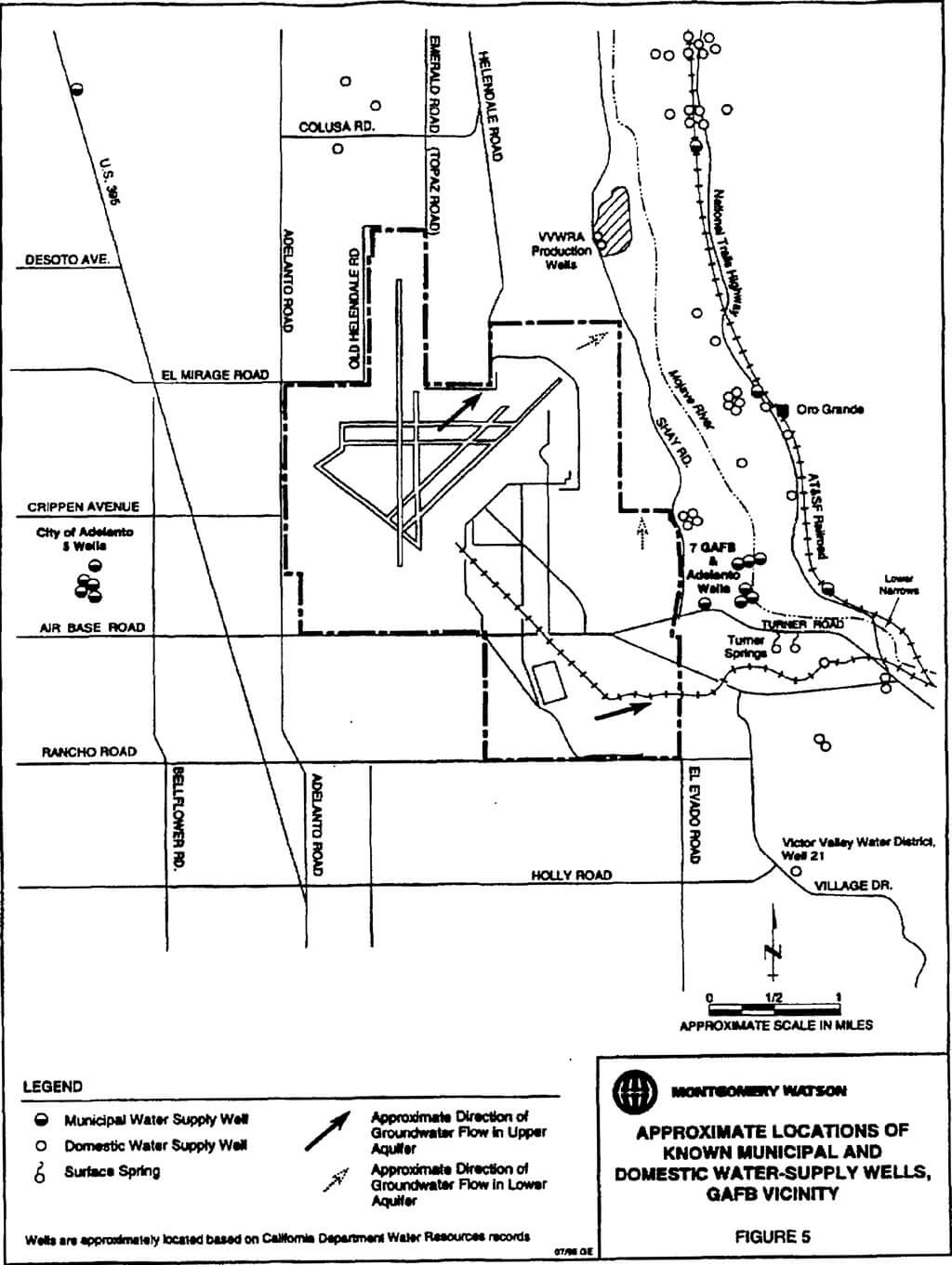
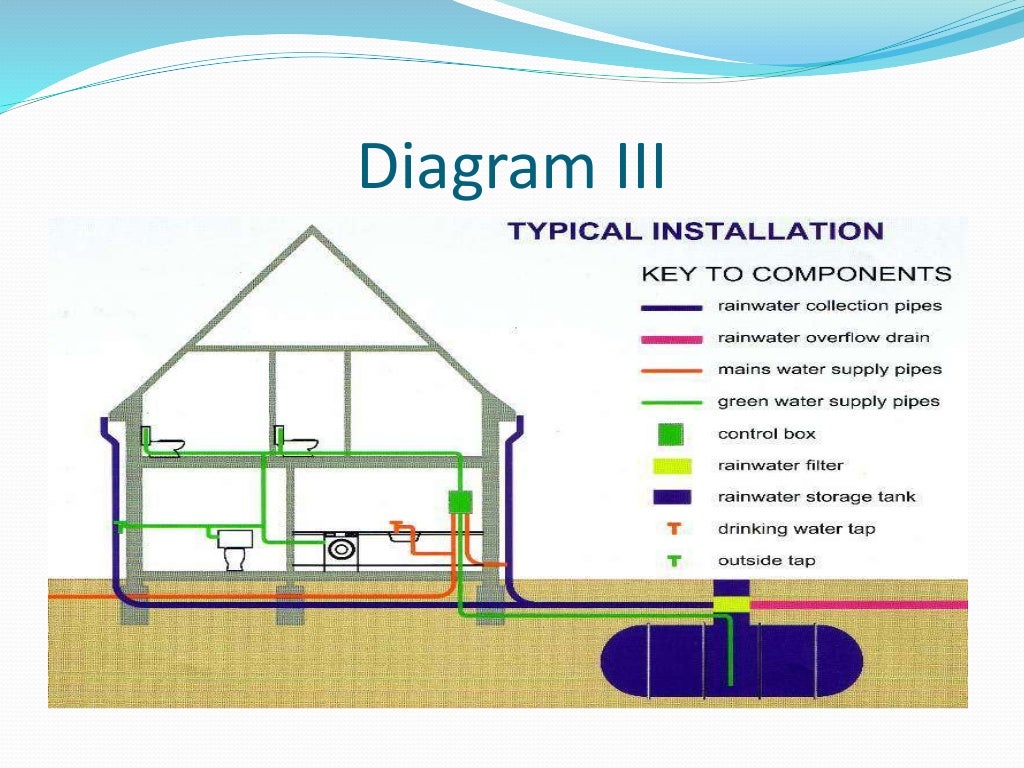





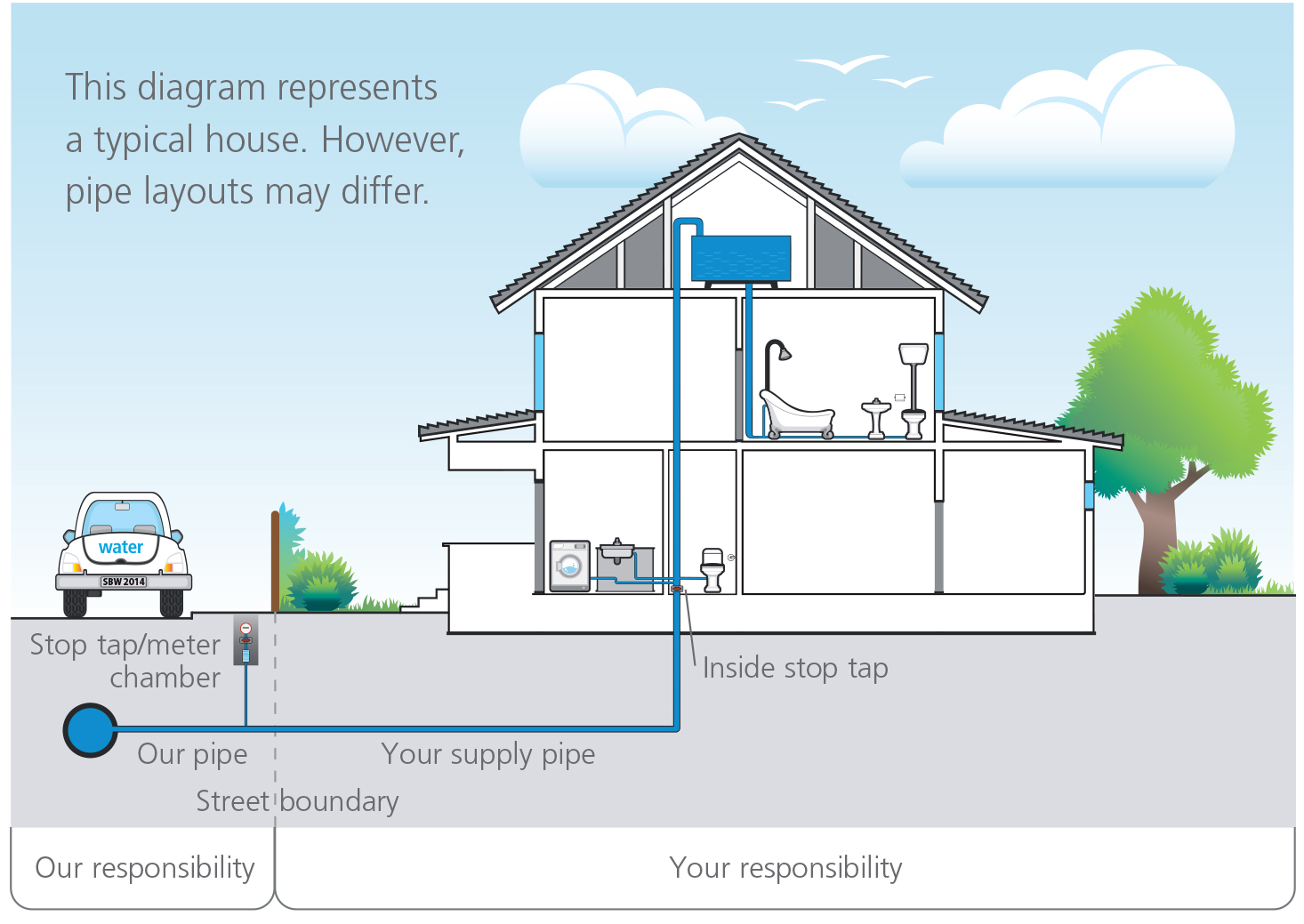
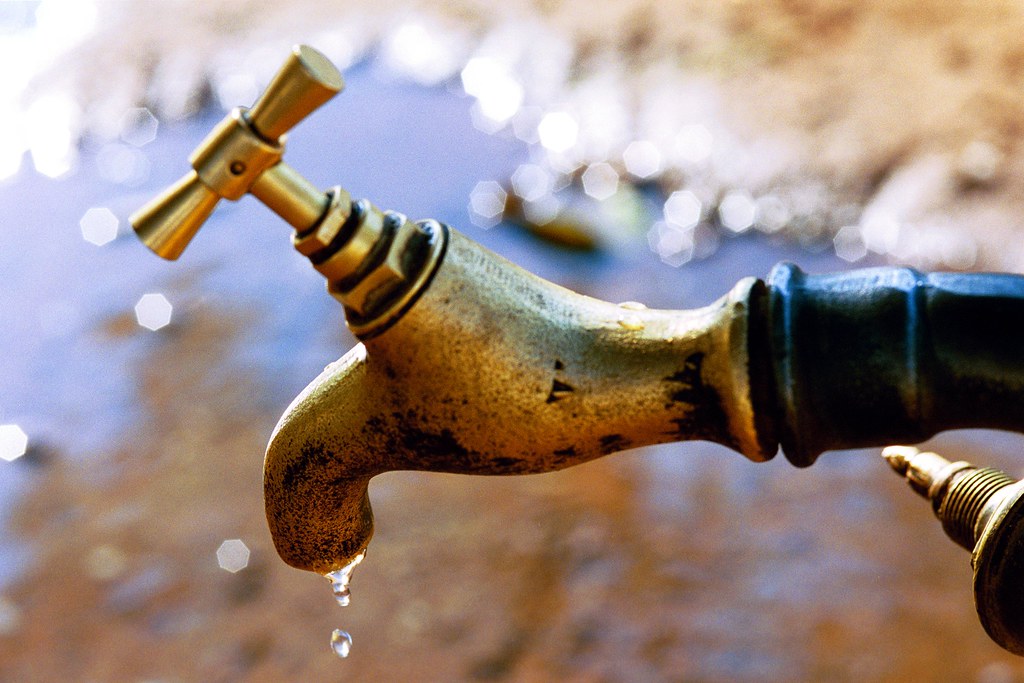
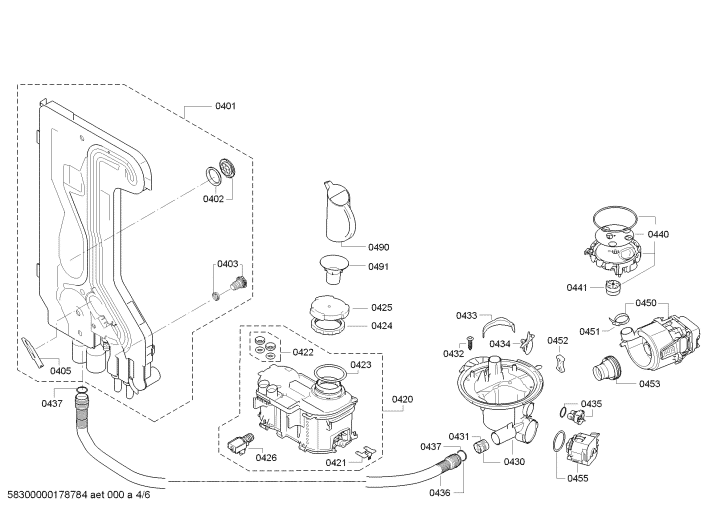


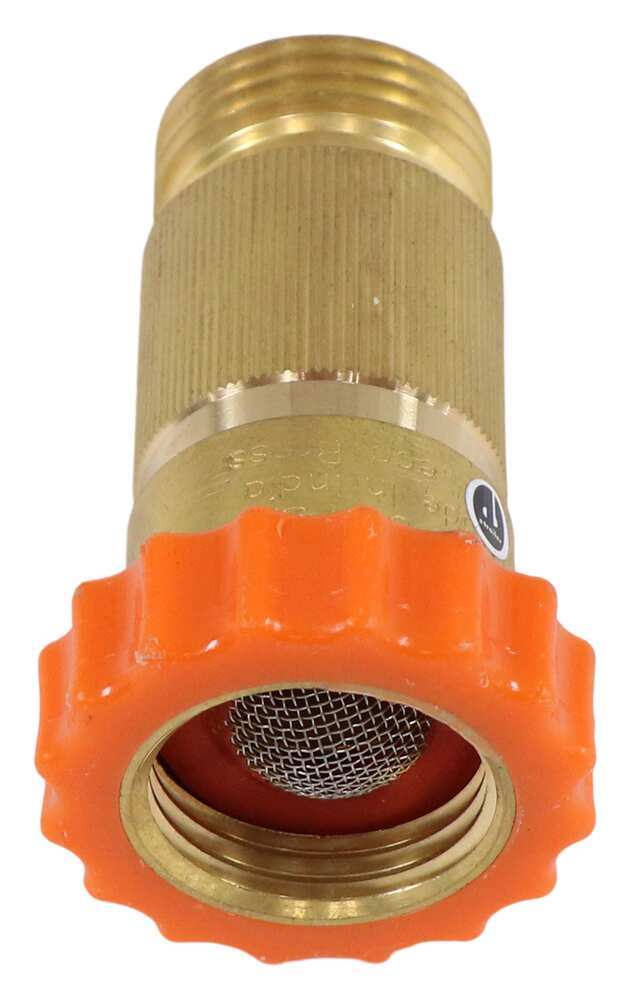

:max_bytes(150000):strip_icc()/the-men-s-hand-opens-the-ball-valve-on-the-collector-1006810456-5c5fc73fc9e77c000159c4af.jpg)






:max_bytes(150000):strip_icc()/testing-water-pressure-in-your-home-2718692-04-c37ab3236d0d4b61b87079ebf9ef823e.jpg)
